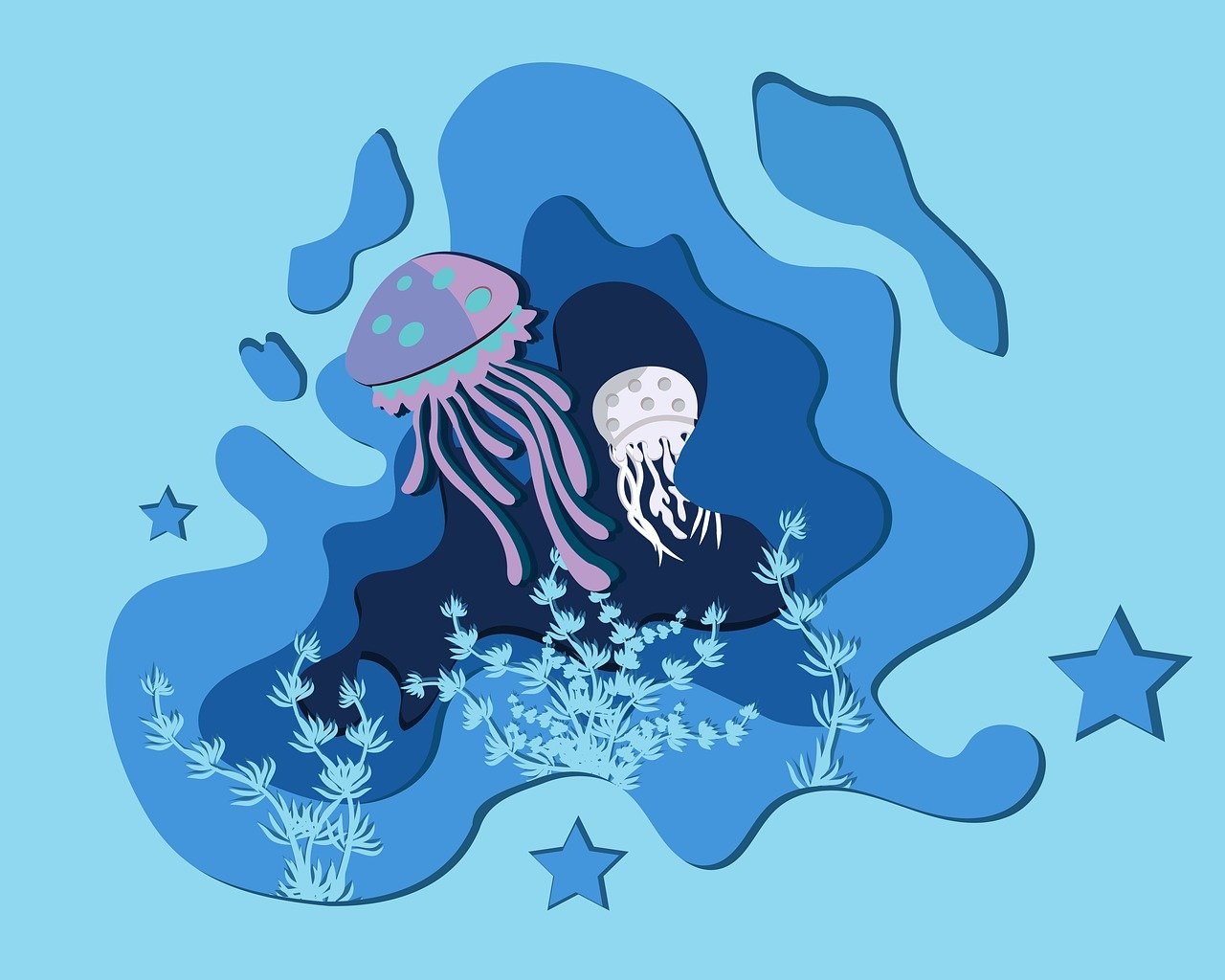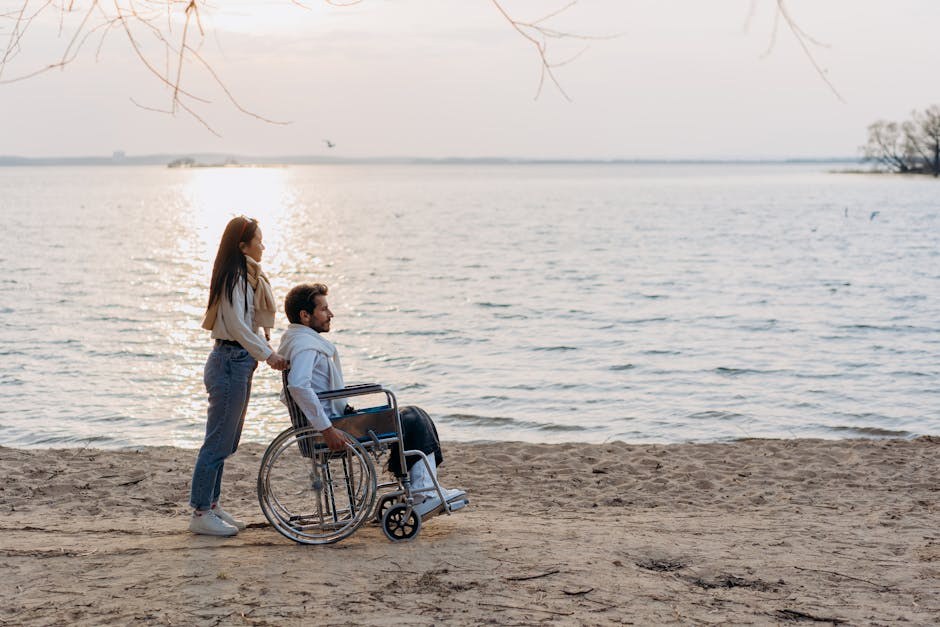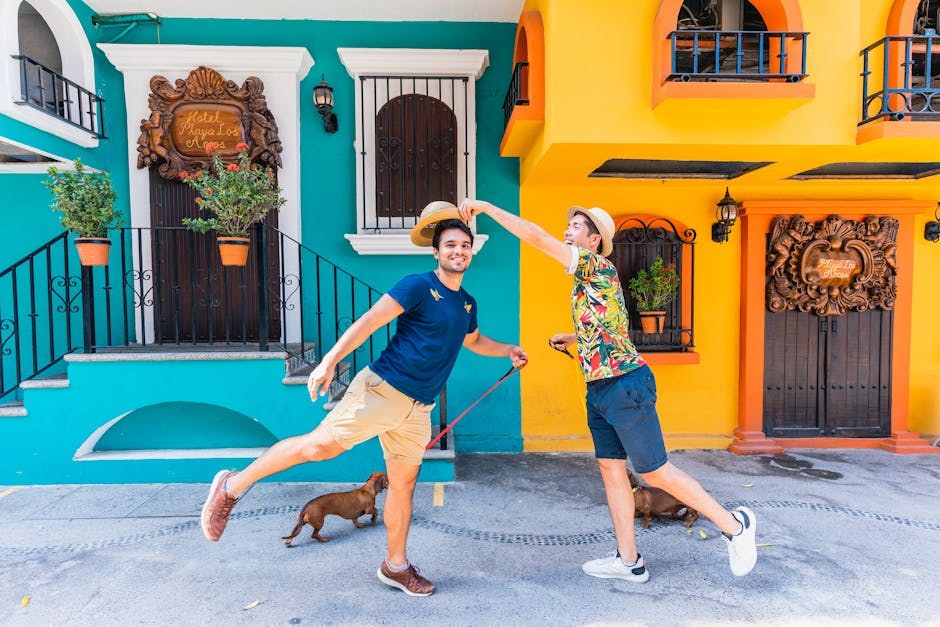Discovering that a close companion has developed feelings for you can jolt even the steadiest friendship. When that companion happens to be a gay friend and you’re not interested in dating – whether you identify as straight, queer with different preferences, or simply not feeling the spark – the moment can feel charged with worry about hurting someone you care about. You may fear losing an easy camaraderie, misreading signals, or saying the wrong thing. Yet there’s a path that preserves respect, steadies boundaries, and keeps the door open to a healthier friendship. This guide reframes the situation with compassion and practicality, so you can respond to a gay friend with honesty while honoring both of you.
Why This Feels So Intense
Friendship thrives on trust, shared jokes, and quiet loyalty – which is exactly why romantic tension complicates things. A confession from a gay friend can stir surprise, flattery, awkwardness, or anxiety. You might second-guess past interactions, wondering whether every compliment or long conversation was coded. That spiral is understandable, but it’s rarely accurate. Most friendships, including those involving a gay friend and a straight friend, are built on genuine connection rather than a secret agenda. Attraction can simply grow because time together reveals admirable traits – kindness, humor, steadiness, curiosity – the universal ingredients of affection.
There’s also a subtle fear of being seen as cruel. You may think, “If I set a boundary, am I rejecting who they are?” That’s a common worry, but it confuses identity with compatibility. You are not rejecting a person’s orientation – you’re clarifying your own limits and romantic reality. A caring response to a gay friend can affirm their dignity while making your stance unmistakable.

First Things First – Check Your Read of the Situation
Before you react, ask yourself whether you’re responding to facts or assumptions. People often interpret jokes, friendly affection, or warmth as a green light. A gay friend may be close because you’re a safe confidant, not because they’re courting you. If you’re relying on vague signals rather than explicit words, pause. Notice patterns: repeated flirty remarks; invitations that feel date-like; touches that linger; direct compliments about attraction; or an admission of a crush. If none of that has happened, you may be predicting a problem that doesn’t exist. Let curiosity replace certainty – you’ll communicate more skillfully when you’re grounded in what’s real.
Principles That Keep the Friendship Intact
- Assume goodwill. Your gay friend is likely risking vulnerability, not planning to unsettle you. Meet that courage with kindness.
- Separate worth from fit. Attraction is not a moral referendum. Two wonderful people can be emotionally mismatched.
- Clarity beats ambiguity. Polite vagueness feels gentle in the moment – and often creates more pain later.
- Boundaries are bridges, not walls. Clear limits help you reconnect as friends without the static of mixed signals.
How to Respond When a Confession Happens
When the conversation arrives – maybe as a courageous text, a halting admission over coffee, or a sudden blurting in the car – you don’t need a perfect script. You need presence, a steady tone, and honest words. Think of your reply as three moves: acknowledge, clarify, and care.
- Pause and breathe. Let the moment land. A brief silence – count a few breaths – helps you avoid knee-jerk reactions. Your gay friend has likely rehearsed this; a few seconds of calm shows respect.
- Validate the risk. Say plainly that you appreciate their trust. Vulnerability is a gift. “Thank you for telling me; I know that took courage.”
- State your position clearly. Name your truth without apology or edge. For example: “I don’t feel a romantic connection,” or “I’m not interested in dating anyone of the same sex,” or “I value you a lot, and I’m not in a place to date you.” Keep it short; clarity is kindness.
- Affirm the friendship. If you want the friendship to continue, say so: “I really want us to stay close as friends.” This signals that the door to platonic connection remains open even while the romantic door stays shut.
- Set gentle boundaries. If certain behaviors feel confusing – late-night flirt texts, handsy hugs, date-style invitations – kindly name what needs to change so you both feel comfortable.
Sample Phrases You Can Use
Exact wording will vary with your voice, but these examples illustrate tone and structure. You can adapt them to what fits you and your gay friend.

- “I care about you and I’m grateful you told me. I don’t feel that kind of attraction, and I’d like to keep our friendship strong.”
- “I respect you a lot. I’m straight and not looking for a same-sex relationship. I hope we can keep hanging out, with clear lines that work for both of us.”
- “You’re important to me. I’m not able to date you, and I want to be upfront so I don’t accidentally lead you on.”
What Not to Do – Common Pitfalls
When we fear hurting someone, we often reach for strategies that backfire. Here’s what to avoid if you want to protect the bond with a gay friend.
- Don’t invent excuses. Tall tales – a fictional long-distance partner, a sudden vow of celibacy, a career-only focus – may feel easier than “no,” but lies create suspicion and resentment. If the story crumbles, trust goes with it.
- Don’t disappear. Ghosting postpones discomfort but amplifies confusion. Your gay friend deserves a direct response, not a vanishing act that turns a tender moment into a mystery.
- Don’t blame orientation. Avoid language that pathologizes their identity. You’re communicating a boundary, not a judgment about who they are.
- Don’t flirt to soften the blow. Offering mixed signals to keep the peace – or to preserve attention – is unkind. Compassion without clarity turns into a slow, painful rejection.
Designing Boundaries That Actually Work
Once you’ve named your position, the friendship may need a small reset. Think of boundaries as the shared rules of engagement for the next chapter with your gay friend. Name specifics so neither of you has to guess.
- Communication timing. If late-night chatting feels romantic, shift to daytime conversations.
- Physical affection. Keep hugs friendly and brief if longer touch blurs lines. You can still be warm – just be consistent.
- One-on-one hangouts. If certain activities feel date-like, choose group settings for a while, then reassess.
- Compliments. Celebrate achievements and character, not sexual or romantic allure, to reduce ambiguity.
How to Keep Things from Getting Awkward
Awkwardness is a visitor, not a permanent resident. You can help it leave sooner with steadiness and small signals that your gay friend can trust.

- Be consistent. Don’t swing between intense affection and chilly distance. Reliable behavior says, “We’re okay.”
- Revisit if needed. If tension spikes, a quick check-in – “Are we good? Anything we should adjust?” – can release pressure.
- Let time work. Processing takes a beat. Your gay friend might need space; respect it without taking it personally.
Seeing From Their Side
It’s brave to admit a crush to a close pal. Your gay friend likely weighed risks – embarrassment, rejection, even the fear of losing you – before speaking. Remember that you were the same two people five minutes before the confession. They didn’t transform into a threat; they revealed a feeling. When you respond with empathy, you honor that leap and reduce the sting of “no.”
Also, desire does not obligate you. Empathy and boundaries can coexist. You can say, “I get why you’d feel drawn to someone you trust – and I’m still not available for romance.” That paradox – caring while declining – is the signature of mature friendship.
If Signals Are Murky – Clarify Without Accusing
Sometimes the situation isn’t a clear confession but a pattern: jokes with a flirt edge, DMs that veer suggestive, or invitations that feel date-coded. You don’t need to wait until it escalates. Try a gentle reset with your gay friend:
- “I value our friendship a lot. Some of the flirty banter has started to feel confusing to me, so I’d like to keep it more platonic.”
- “I want to be clear that I’m not looking for anything romantic. I’m happy to keep hanging, just friend-mode.”
This approach treats the dynamic, not the person, as the issue – a distinction that keeps dignity intact.
Scripts for Different Scenarios
Every friendship has a distinct rhythm. Use these scenario-specific suggestions to match your reality with your gay friend.
They Told You by Text
Texting can make big emotions feel even bigger. Keep it short, warm, and unmistakable. For instance: “Thank you for trusting me with that. I care about you and want to be honest – I don’t feel a romantic connection. I’d love to keep our friendship strong if that works for you.” If they need to talk more, suggest a time; tone carries better in person or on a call.
You Suspect, But They Haven’t Said Anything
When ambiguity lingers, you can seed clarity without cornering your gay friend. Mention, in a neutral moment, how you think about dating or your orientation and add that you’re not interested in romance with them. “I really value us as friends – that’s the lane I’m in.” This preemptively lowers the temperature while avoiding accusatory assumptions.
They Keep Pushing After You’ve Set a Boundary
Occasionally someone keeps testing the line, not out of malice but out of hope. Reiterate your stance calmly: “I need you to respect what I’ve said. If that can’t happen, we may need some space.” If necessary, reduce one-on-one time until respect returns. Protecting your boundary is not a punishment – it’s how you safeguard the friendship from erosion.
Group Dynamics and Mutual Friends
Worried about gossip or sides? Keep it simple and discreet. You don’t owe the group a debrief. If dynamics feel off, suggest group activities that re-center the shared fun: game nights, hikes, movie clubs. Shared experiences remind everyone – including your gay friend – why the friendship existed long before the awkward chapter.
Rebuilding a Comfortable Normal
After the hardest conversation, the path forward is paved with ordinary moments. Send the meme you would have sent anyway. Show up to the plans you would have kept anyway. Celebrate the small wins you would have celebrated anyway. Normalcy signals safety. If your gay friend asks for a little distance to recalibrate, honor that request promptly. A few weeks of lighter contact can spare you both months of subtle tension.
When connection resumes, you’ll likely find that the friendship has matured. You’ve proven that it can survive honesty. That resilience is precious – and it often deepens trust because both people know where they stand.
Gentle Reminders for Yourself
- Your feelings count. You don’t need to justify why you’re not romantically interested in a gay friend. “No” is complete.
- Their feelings count too. Appreciation for their courage can soften the impact of that “no.”
- Repair is possible. Many friendships bounce back – sometimes stronger – after a candid talk.
Putting It All Together – A Practical Roadmap
If you like frameworks, here’s a condensed plan you can adapt to your voice and situation with your gay friend.
- Notice clearly. Confirm whether there’s been an explicit confession or a persistent flirt dynamic.
- Prepare your message. One sentence of appreciation, one sentence of clarity, one sentence about the friendship.
- Choose the setting. Private and calm beats public and rushed. Phones down, attention up.
- Speak and stop. Say your piece, then let silence do its work. Resist over-explaining – it often sounds like hope.
- Agree on boundaries. Name the small practical shifts that will help both of you stay comfortable.
- Give it time. Feelings cool; trust can reset. Space is not punishment – it’s care for the bond.
- Resume ordinary friendship. Re-enter at a pace that respects both hearts. Keep signals clean.
- Check in once. After a little while, a light “Are we good?” ensures you’re aligned without reopening the question.
Real-World Examples of Boundaries in Action
To make this concrete, here are tiny adjustments that can transform the vibe with a gay friend without turning everyday life into a rulebook.
- Coffee vs. cocktails. If post-10 p.m. drinks felt charged, switch to afternoon coffee or weekend brunch.
- Shared seats. At the movies or a concert, pick seats with friends on both sides so the moment stays group-ish.
- Compliment swap. Trade “You’re hot” for “You’re hilarious” or “You’re so reliable.” Praise the person, not the chemistry.
- Text tempo. If deep late-night threads slide into intimacy, move reflective chats to daytime when energy is steadier.
A Note on Respect and Identity
Language matters. If you’re straight, you might worry that stating your orientation will sound like a lecture. Keep it simple and factual: “I’m straight, so I’m not looking for a same-sex relationship.” If you’re queer with different preferences, try: “I’m not romantically compatible with you.” You’re describing fit, not policing identity. Frame your “no” as a boundary, not a verdict – a small shift that reassures a gay friend that their selfhood is entirely safe around you.
When Humor Helps – and When It Doesn’t
Humor can diffuse tension when trust is solid. A light quip about both of you being irresistible can momentarily ease blushes. But use humor sparingly in the crucial sentence where you decline. Jokes can be misread as coyness. Offer warmth first, then clarity – then, once the message has landed, a shared smile can help both of you exhale.
If You’re the One Who Feels Guilty
Guilt often sneaks in after a boundary conversation: “Did I lead them on?” “Should I have seen this coming?” “Am I a bad friend?” Replace guilt with responsibility. If you realize you were sending mixed signals, acknowledge it: “I can see how my flirty tone made this confusing. I’m sorry about that. I’ll keep it clearer.” Responsibility repairs; guilt freezes. Your gay friend will likely appreciate the straightforwardness more than any over-apology.
Friendship After the Answer
In time, the shock fades, and a new normal forms. You return to the reasons you chose each other as friends – the inside jokes, the pep talks, the ability to sit in silence without filling it. Saying “no” to a romance with a gay friend does not doom your connection; it refines it. The ultimate goal is not to erase what happened but to integrate it: a chapter you handled with care, proof that trust can hold even when desires diverge.
When the dust settles, you may look back on the entire episode with a surprisingly warm feeling – gratitude for their honesty, pride in your clarity, and relief that friendship survived the storm. That’s not minimal; that’s growth. And growth is exactly what strong friendships are built to handle.